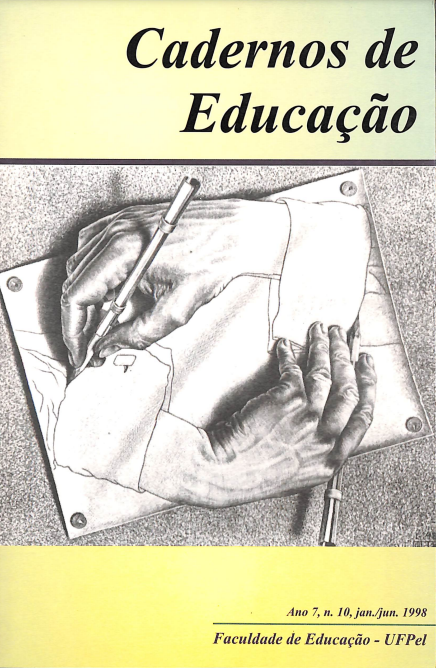ANALFABETISMO NO RIO GRANDE DO SUL
crianças e adolescentes, jovens e adultos
Abstract
The present paper approaches the analphabetism problem in Rio Grande Sul state, Brazil. At first it removes a series of misconceptions concerning the phenomenon. After that, defines analphabetism as social injustice and schooling exclusion at its highest configuration. Finally, this study evaluates the situation in Rio Grande do Sul, one of the most literate states in the country, through two classification progressive criteria. Results from 1991 census show that, even in conformity to the most loose analphabetism criterion (inability to read and write a simple note), the access door to the world of letters has been kept closed for hundreds of thousands of people from 8 years old on, summing up 722,000 among children and adolescents, youths and adults as well. If applied a more rigid criterion, such as, less than 4 years of study for 15 year old people or more, the sum of youths and adults excluded from the minimum level of schooling instruction ( 4 schooling years ) raises in the State, according to the census of 1991, reaching the threatening figure of 1,592,309 illiterate or semi-illiterate people.


